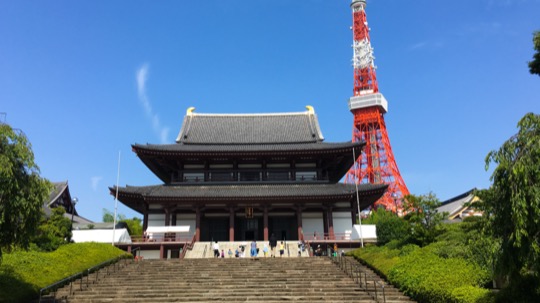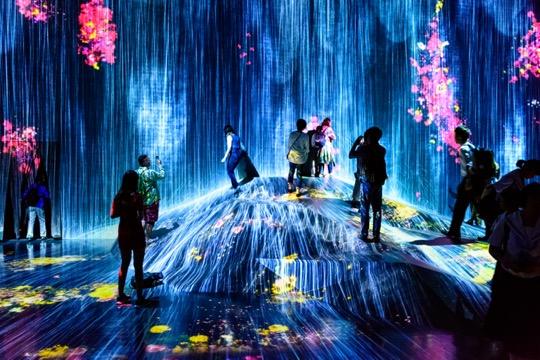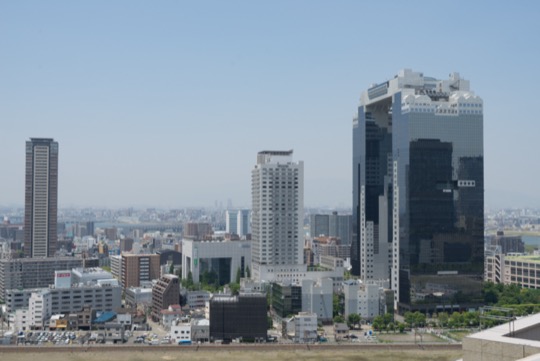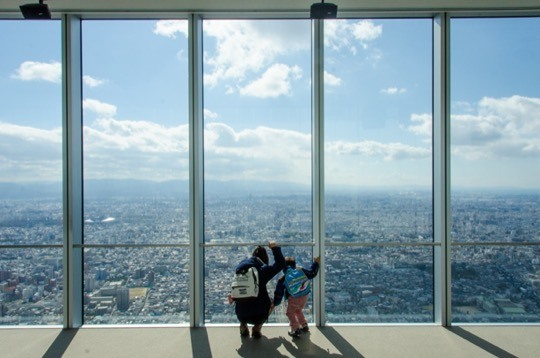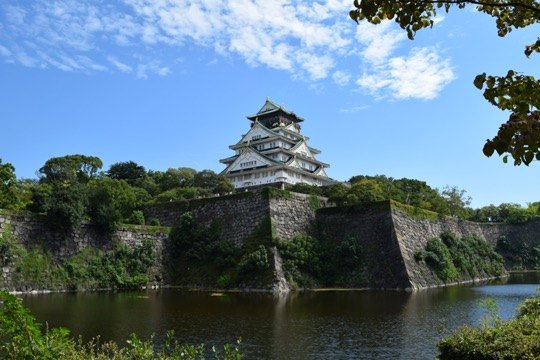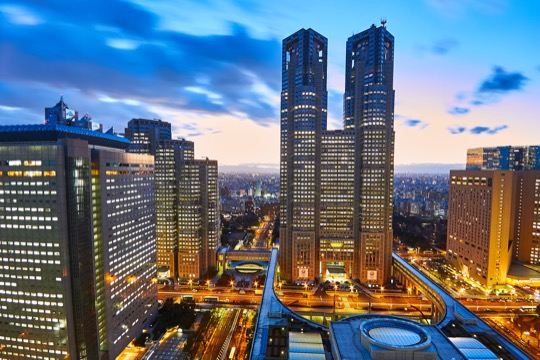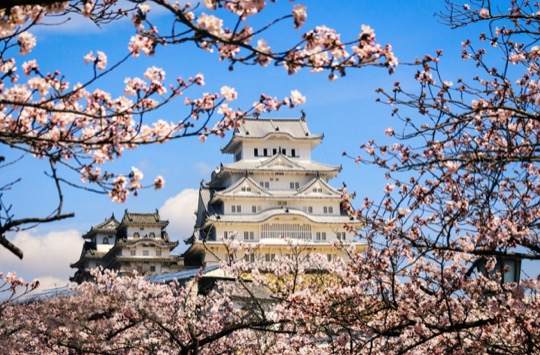Tokyo Tower
Symbol of Japan’s post-war resurgence and iconic feature of Tokyo’s skyline
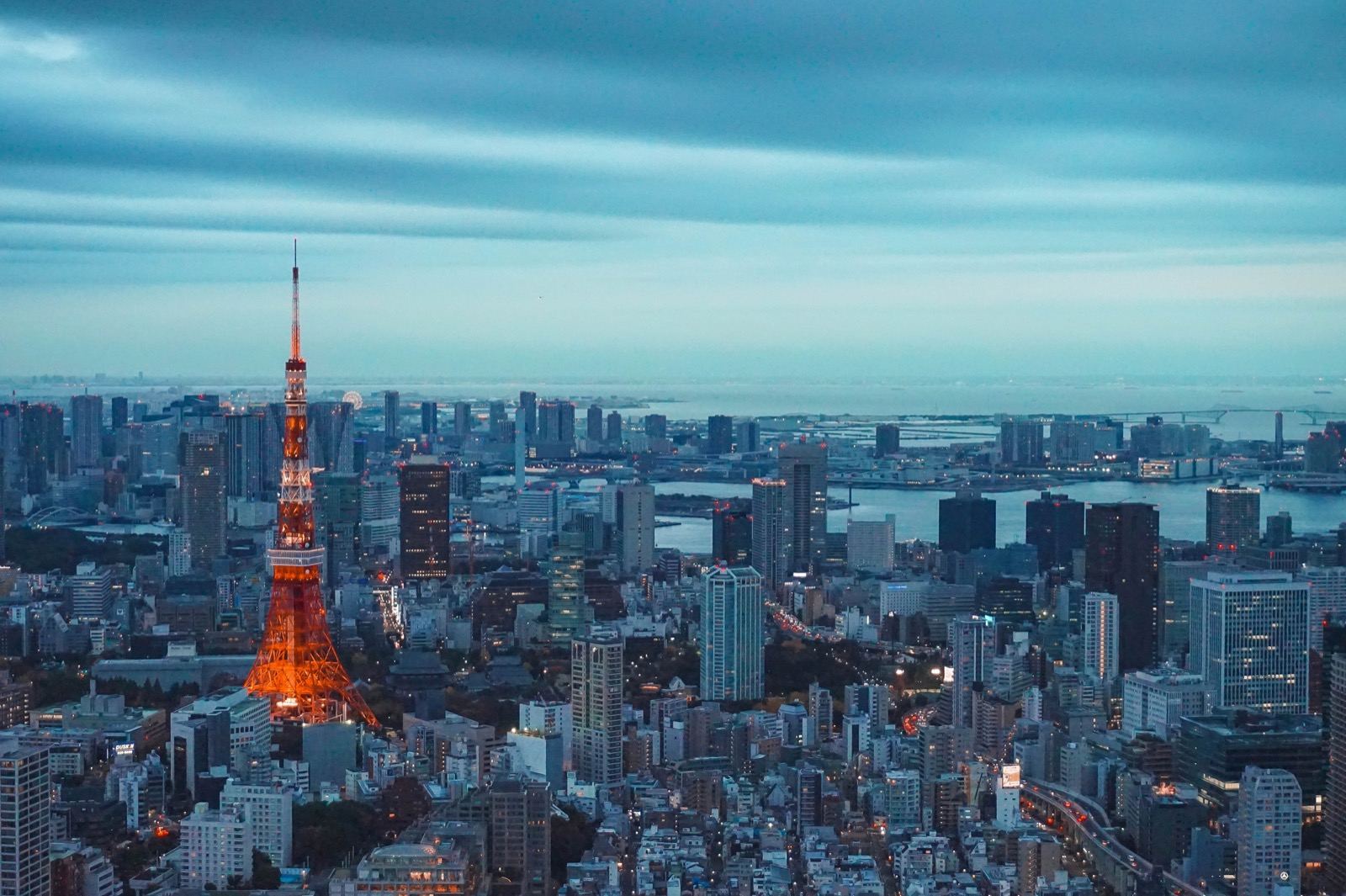
On This Page
Tokyo Tower, an emblematic feature of Tokyo’s skyline, represents Japan’s swift post-war modernization. Completed in 1958, it stands at 333 meters, surpassing the height of the Eiffel Tower and marking an epoch of economic revival. The tower’s observation decks provide expansive views of the city and, on clear days, Mt. Fuji.
The iconic Tokyo Tower, situated in the Shiba-koen district of Minato, Tokyo, fulfills the dual function of a communications and observation tower. Its completion in 1958 was a momentous accomplishment, symbolizing Japan’s resurgence in the 20th century. Designed by Tachū Naitō, a renowned figure often dubbed the “Doctor of Towers”, Tokyo Tower was constructed by Takenaka Corporation and Nikken Sekkei Ltd. It features a design inspired by the Eiffel Tower but is distinctly Japanese with its white and international orange paint scheme for air safety.
Attracting over 150 million visitors since its inauguration, this lattice tower is not just a major tourist attraction but also a part of Tokyo’s cultural identity. Its observation decks, positioned at 150 meters and 249.6 meters, provide visitors with stunning views of Tokyo. The Main Deck and the Top Deck offer different perspectives for both day and night viewing, and the tower is frequently illuminated for special events.
FootTown, a four-story complex at the tower’s base, is bustling with museums, restaurants, shops, and other attractions. Tokyo Tower also maintains its role in broadcasting, providing support for radio and television signals. Although it has been complemented by the taller Tokyo Skytree for digital broadcasting purposes, Tokyo Tower remains an important broadcasting site.
The significance of Tokyo Tower was recognized with its designation as a Registered Tangible Cultural Property by the Japanese government in June 2013. Despite sustaining damage during the Great East Japan Earthquake in 2011, the tower proved resilient; there were no injuries during the evacuation, and business operations resumed quickly.
Tokyo Tower invites visitors to enjoy both observation decks, the “lookdown windows”, and cultural exhibits within FootTown. Its rich history and modern features make it a significant element of Tokyo’s character, offering insights into its past and present. Nearby, the peaceful greenery of Shibakoen Park may complement a visit to Tokyo’s vibrant urban environment.


